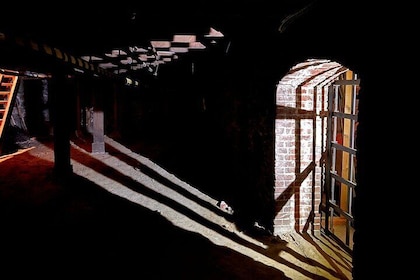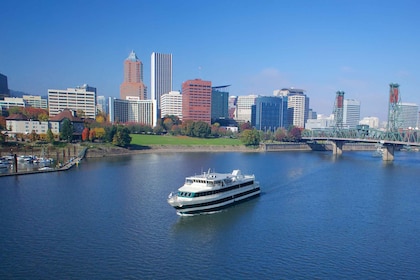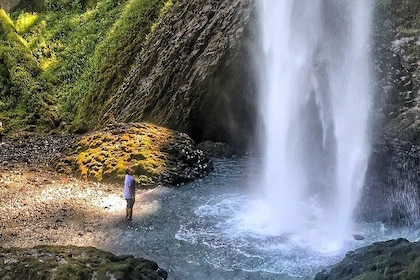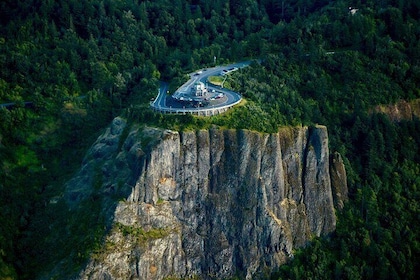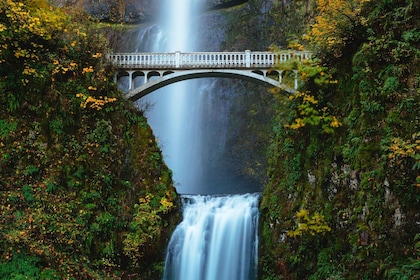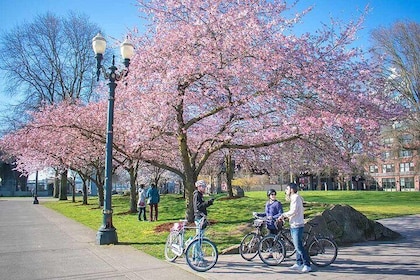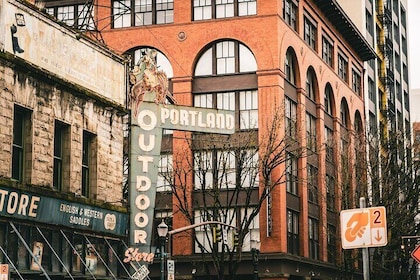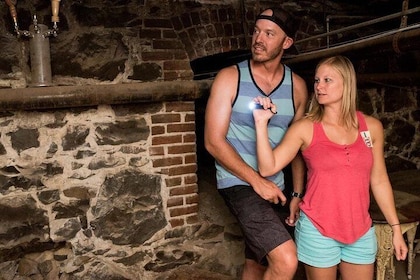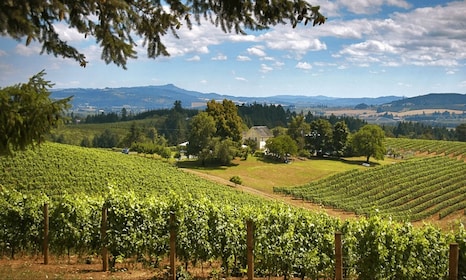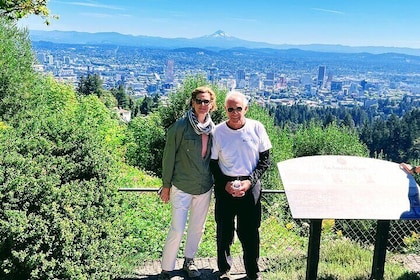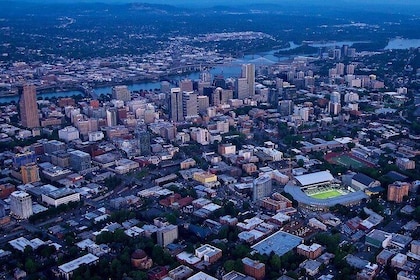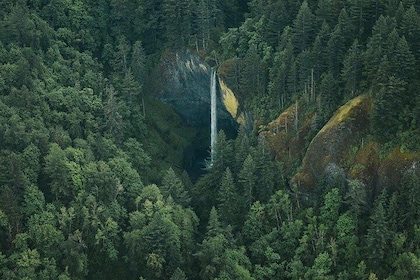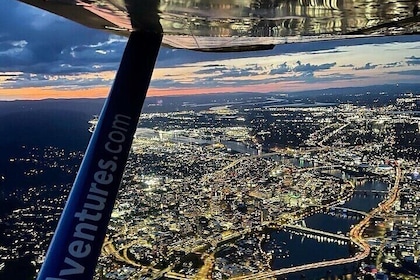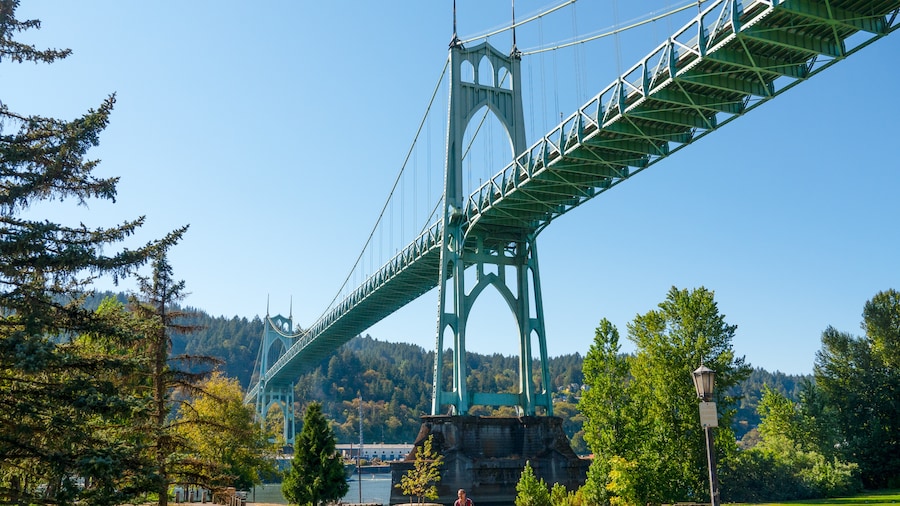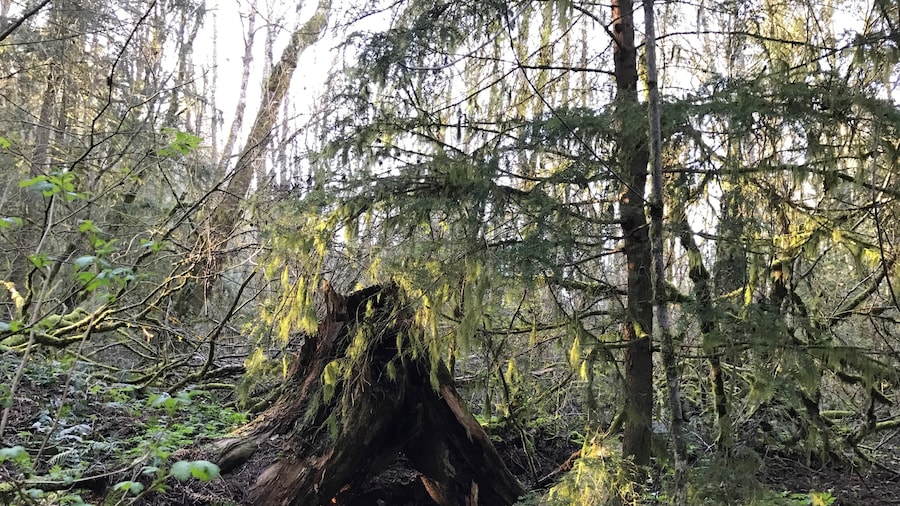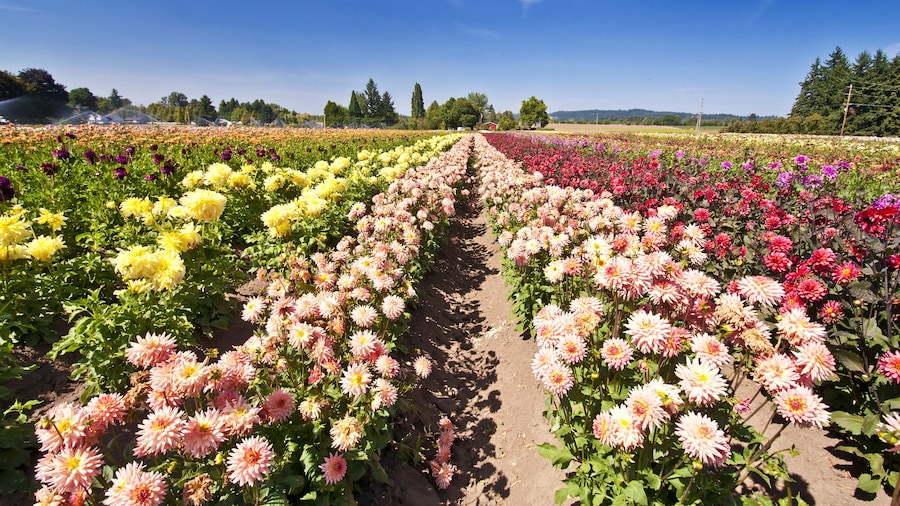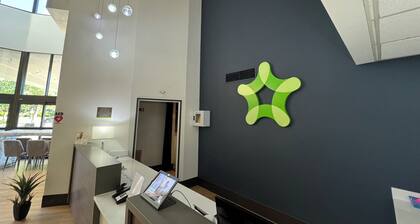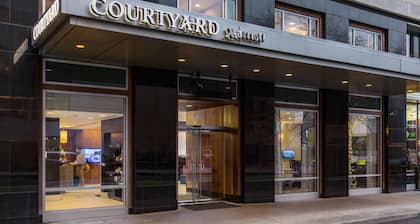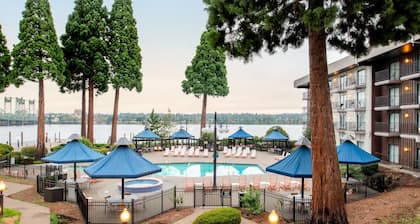Get connected with nature and take a refreshing break on a visit to Cathedral Park. This 23-acre (9-hectare) urban oasis is nestled on the banks of the Willamette River beneath the towering St. John's Bridge, a steel suspension bridge that spans the waterway.
Note the park’s historical significance. It is thought to have been one of the landing sites in the Vancouver-Portland area of the Lewis and Clark Expedition. This took place between 1804 and 1806 as the group explored land west of the Mississippi River that had been purchased from the French.
Follow the Cathedral Park Loop, a 2-mile (3-kilometer) trail through the park. Walk beneath the gothic arches of the bridge after which the park is named because of their cathedral-like appearance.
While you’re near the bridge, check out the Drawing on the River, a 40-foot-long (12-meter) steel sculpture that contains a music box at each end. Push the buttons and listen to the melodies.
Visit the Wall of History in the Memorial Garden. Somewhere behind the bricks is a time capsule from 1980 that includes ash from the Mount St. Helens volcano eruption that occurred that year. The capsule is due to be opened in 2030. Its exact location is known only to staff of the Oregon History Center.
Wander among the trees and try to identify some of the species. More than 400 trees are dotted across the landscape. Among them are evergreen conifers that are native to the Pacific Northwest. Bring food and refreshments with you and lay out your spread on one of the picnic tables.
If you are in the area during mid July, visit the park for the Cathedral Park Jazz Festival, a free annual 3-day jazz and blues festival at the base of the bridge.
Cathedral Park is located in the neighborhood of the same name, about a 30-minute drive or 1-hour bike ride from downtown Portland. Alternatively, arrive by bus from the city center.





